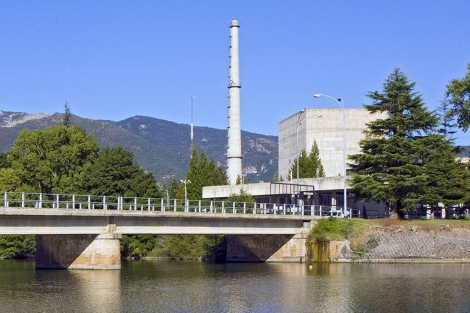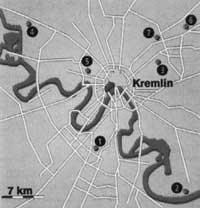The European Union prudently publishes a report on the safety of nuclear power plants
2012/10/04 Galarraga Aiestaran, Ana - Elhuyar Zientzia Iturria: Elhuyar aldizkaria

Precisely, after the Fukushima disaster, the European Union mandated all countries to analyze the security measures to know if the measures that have been taken today to address natural disasters and those caused by human errors are adequate, especially in the case of an earthquake and a flood.
Thus, the 145 reactors existing in the European Union, as well as those of Switzerland and Ukraine have been analyzed. The study was carried out in three phases. In the first, the managers of each of the plants carried out a study of their facilities. In a second phase, national regulators developed a report based on these studies. Finally, in a third phase, the body responsible for the European Union Nuclear Safety Regulation (ENSREG) led the review process of these reports and the examiners went to several centers. The report that is now issued is the final result of this analysis process.
Commissioner Günther Oettinger said that “resistance tests have shown what is right and what we should improve. The tests have been rigorous and successful. In general, the balance is good, but we have no reason to rejoice too much. For reasons of citizen security, all the affected authorities must strive to ensure the application of the strictest security measures in all European centres”.
Aspects to improve
According to the report, security tests have shown that in all countries international security standards are not taken into account equally. In addition, the report details the aspects to improve.
For example, 54 of the 145 reactors have not taken into account the damage caused by earthquakes, or by floods in 62. It should be noted that the risk estimates for both events must be made for a period of 10,000 years. In addition, 122 reactors do not have the necessary instruments to measure and predict earthquakes.
There are more errors. For example, 32 reactors do not have adequate ventilation systems, and 81 reactors do not include in a protected place the equipment to be used in case of serious accident. It does not replace the gravity control room in 24 reactors, nor the operating instructions in case of emergency in 79 reactors.
To solve these and other deficiencies, each country must submit a project at the end of the year. These projects will be analyzed by those responsible for the European Union and their implementation will be seen in 2014.
On the other hand, the European Union will review the current regulations and propose improvements in early 2013. They point out that they will pay special attention to safety requirements, regulator work, transparency and monitoring.

Gai honi buruzko eduki gehiago
Elhuyarrek garatutako teknologia





